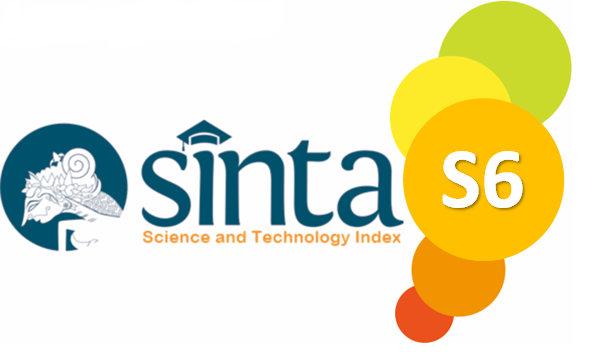CLUSTERING ANALYSIS OF GLOBAL SUICIDE DATA USING DBSCAN
Kata Kunci:
DBSCAN, Clustering, Suicide Data, Unsupervised Learning, Pattern Detection, Global Analysis, Prevention StrategiesAbstrak
Purpose: This study aims to analyze global suicide data using DBSCAN (Density-Based Spatial Clustering of Applications with Noise) to uncover hidden patterns and trends. The focus is on identifying key factors influencing suicide rates, particularly in relation to age and gender. By applying a density-based clustering method, the goal is to offer insights that can support more targeted prevention strategies, addressing an important global issue. Methods/Study design/approach: DBSCAN was chosen for its ability to detect clusters of arbitrary shapes and handle noisy data without requiring a predefined number of clusters. The dataset was preprocessed to remove missing or invalid data and normalized for consistent scaling. The algorithm was implemented using the scikit-learn library, and cluster quality was evaluated using Silhouette Coefficient. Correlation analysis was conducted using heatmaps to explore relationships between variables. Result/Findings: The results reveal significant clustering patterns, particularly in older age groups, with male suicides dominating the total cases. Most data points do not follow a normal distribution, as confirmed by the Shapiro-Wilk test. Strong correlations were identified between suicide rates in older age groups, while younger age groups showed weaker correlations with other variables. The findings highlight the significant role of age and gender in global suicide patterns. Novelty/Originality/Value: This study provides a novel application of DBSCAN to suicide data, offering a unique perspective on clustering analysis for social issues. By identifying specific trends and correlations in the data, this research contributes valuable insights for developing more effective, data-driven suicide prevention strategies.





